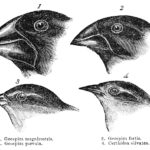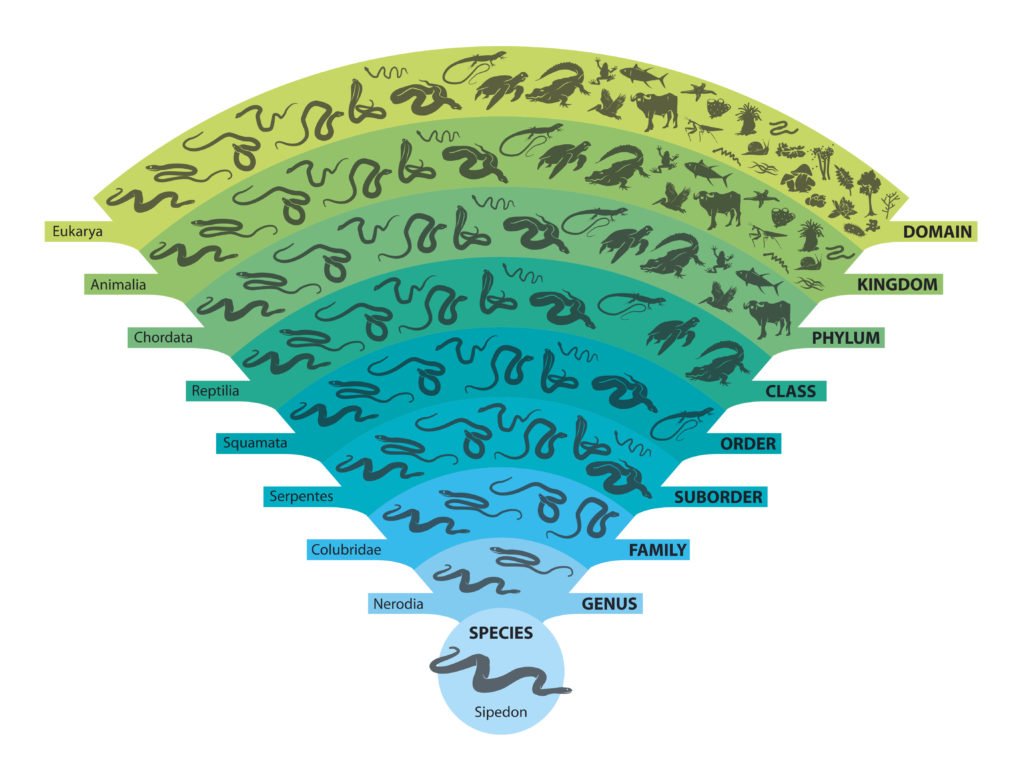The Animal Kingdom is a vast and varied place, full of creatures of all shapes and sizes. But what exactly is an animal? Animals are heterotrophs, meaning that they cannot produce their own food and must instead rely on other sources for sustenance. This differentiates them from plants and other organisms which are able to produce their own food through photosynthesis. Some animals are predators, meaning that they hunt and kill other animals for food. Others are prey, meaning that they are hunted and killed by predators. There are many different phyla within the animal kingdom, each with its own unique characteristics.
Porifera, or sponges, are some of the simplest animals. They lack any kind of true tissue or organs, and are instead little more than collections of cells held together by a network of proteins. Coelenterata, or cnidarians, are slightly more complex. They have two main body types – the medusa, which is a free-floating form, and the polyp, which is attached to a surface. Cnidarians are also equipped with stinging cells, which they use to capture prey. Platyhelminthes are flatworms. They are simple, bilaterally symmetrical creatures with a mouth but no other defined organs. Aschelminthes, or nematodes, are similar to flatworms, but are more elongated in shape. They also have a well-defined digestive system.
Annelids are segmented worms. They have a distinct head and tail, and their bodies are divided into a series of repeating segments. This gives them greater flexibility than other types of worm, and enables them to burrow through soil or crawl through narrow spaces. Arthropods are a hugely diverse group of animals, including everything from insects to crabs to spiders. They all have exoskeletons – hard shells that protect their bodies – and jointed appendages. Molluscs are a varied group of animals, including both slugs and snails as well as squid and octopuses. They all have soft bodies, and many also have a hard shell for protection.
Echinoderms are a group of animals that includes starfish and sea urchins. They are characterized by their radial symmetry – meaning that they can be divided into equal halves through any line passing through their center. Chordates are animals with a spinal cord. This group includes mammals, fish, amphibians, birds, and reptiles. Mammals are characterized by their fur or hair, and their ability to produce milk. Fish are creatures that live in water and breathe through gills. Amphibians are adapted to both land and water – they have moist skin and can breathe both air and water. Birds are characterized by their feathers, and their ability to fly. Reptiles are scaly creatures that typically lay eggs.
As you can see, the animal kingdom is a varied and fascinating place. There is a huge amount of diversity within each phylum, and even within each class. This makes it a fascinating area of study, and one that can provide endless hours of enjoyment. So why not take a closer look at the animals all around you, and learn more about these amazing creatures?






